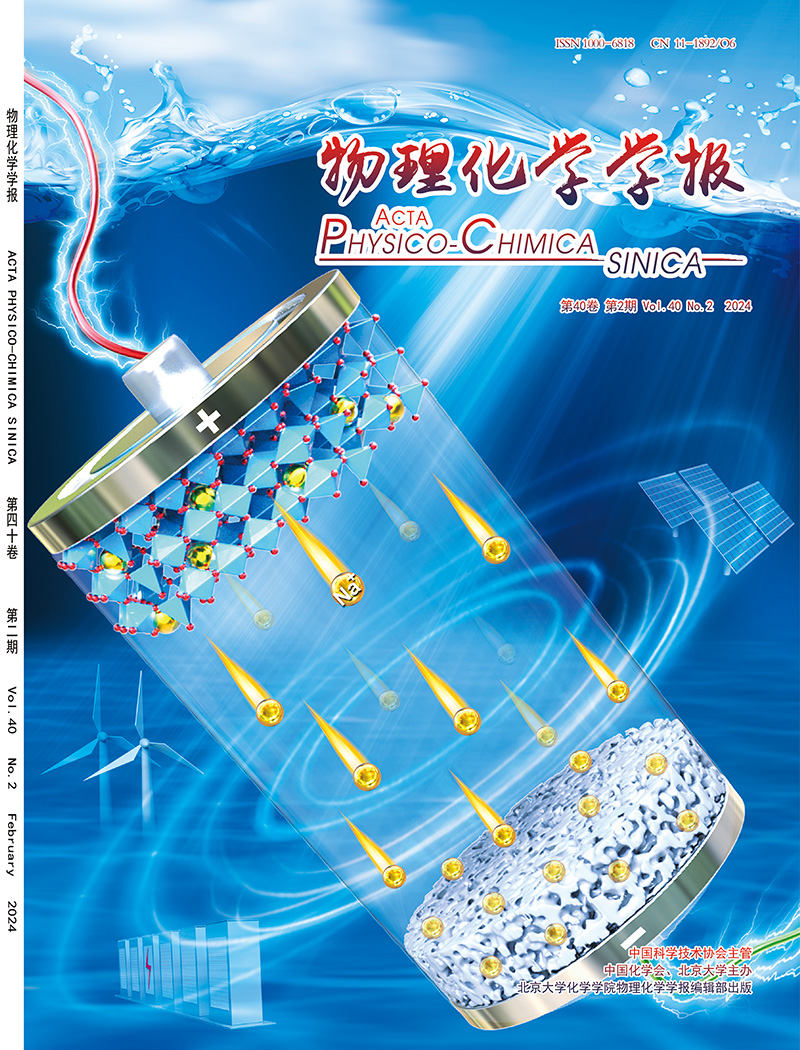Ultrafast electron transfer at the ZIS1−x/UCN S-scheme interface enables efficient H2O2 photosynthesis coupled with tetracycline degradation
IF 13.5
2区 化学
Q1 CHEMISTRY, PHYSICAL
引用次数: 0
Abstract
Coupling H2O2 production with organic pollutant degradation can effectively overcome the sluggish kinetics of water oxidation while concurrently addressing environmental pollution challenges. In this work, an S-defect-rich ZnIn2S4/g-C3N4 (ZIS1−x/UCN) S-scheme heterojunction photocatalyst was constructed by in situ growing ZIS1−x nanosheets on porous ultrathin UCN. The designed ZIS1−x/UCN photocatalyst demonstrates enhanced visible light absorption, abundant active sites, and intimate interfacial contact. The optimized ZIS1−x/UCN-1.0 photocatalyst exhibits outstanding dual functionality, simultaneously achieving an H2O2 production rate of 2902.2 μmol g−1 h−1 and 91.3 % tetracycline (50 mg L−1) degradation efficiency. This H2O2 performance represents a 1.63-fold enhancement compared to its activity in pure water (1777.0 μmol g−1 h−1). Through comprehensive characterization including femtosecond transient absorption spectroscopy (fs-TAS), in situ irradiation X-ray photoelectron spectroscopy (ISI-XPS), and in situ X-ray absorption fine structure spectroscopy (XAFS), we unequivocally confirm the S-scheme charge transfer mechanism. This S-scheme induced unique electronic structure not only fosters ultrafast electron transfer at the interface (3.54 ps) but also significantly enhances the redox capacity of photogenerated carriers. Collectively, this work opens new avenues for the dual application of photocatalytic technology in both energy production and environmental remediation.

ZIS1−x/UCN S-scheme界面的超快电子转移实现了高效的H2O2光合作用和四环素降解
将H2O2生产与有机污染物降解相结合,可以有效克服水氧化动力学迟缓的问题,同时解决环境污染问题。本文通过在多孔超薄UCN上原位生长ZIS1−x纳米片,构建了富s缺陷ZnIn2S4/g-C3N4 (ZIS1−x/UCN) s方案异质结光催化剂。设计的ZIS1−x/UCN光催化剂具有增强的可见光吸收,丰富的活性位点和紧密的界面接触。优化后的ZIS1−x/UCN-1.0光催化剂具有突出的双重功能,同时H2O2产率为2902.2 μmol g−1 h−1,四环素(50 mg L−1)降解效率为91.3%。与在纯水中的活性(1777.0 μmol g−1 h−1)相比,H2O2性能提高了1.63倍。通过飞秒瞬态吸收光谱(fs-TAS)、原位辐照x射线光电子能谱(ISI-XPS)和原位x射线吸收精细结构能谱(XAFS)等综合表征,明确了S-scheme电荷转移机理。这种S-scheme诱导的独特电子结构不仅在界面处促进了超快的电子转移(3.54 ps),而且显著提高了光生载流子的氧化还原能力。总的来说,这项工作为光催化技术在能源生产和环境修复中的双重应用开辟了新的途径。
本文章由计算机程序翻译,如有差异,请以英文原文为准。
求助全文
约1分钟内获得全文
求助全文

 求助内容:
求助内容: 应助结果提醒方式:
应助结果提醒方式:


